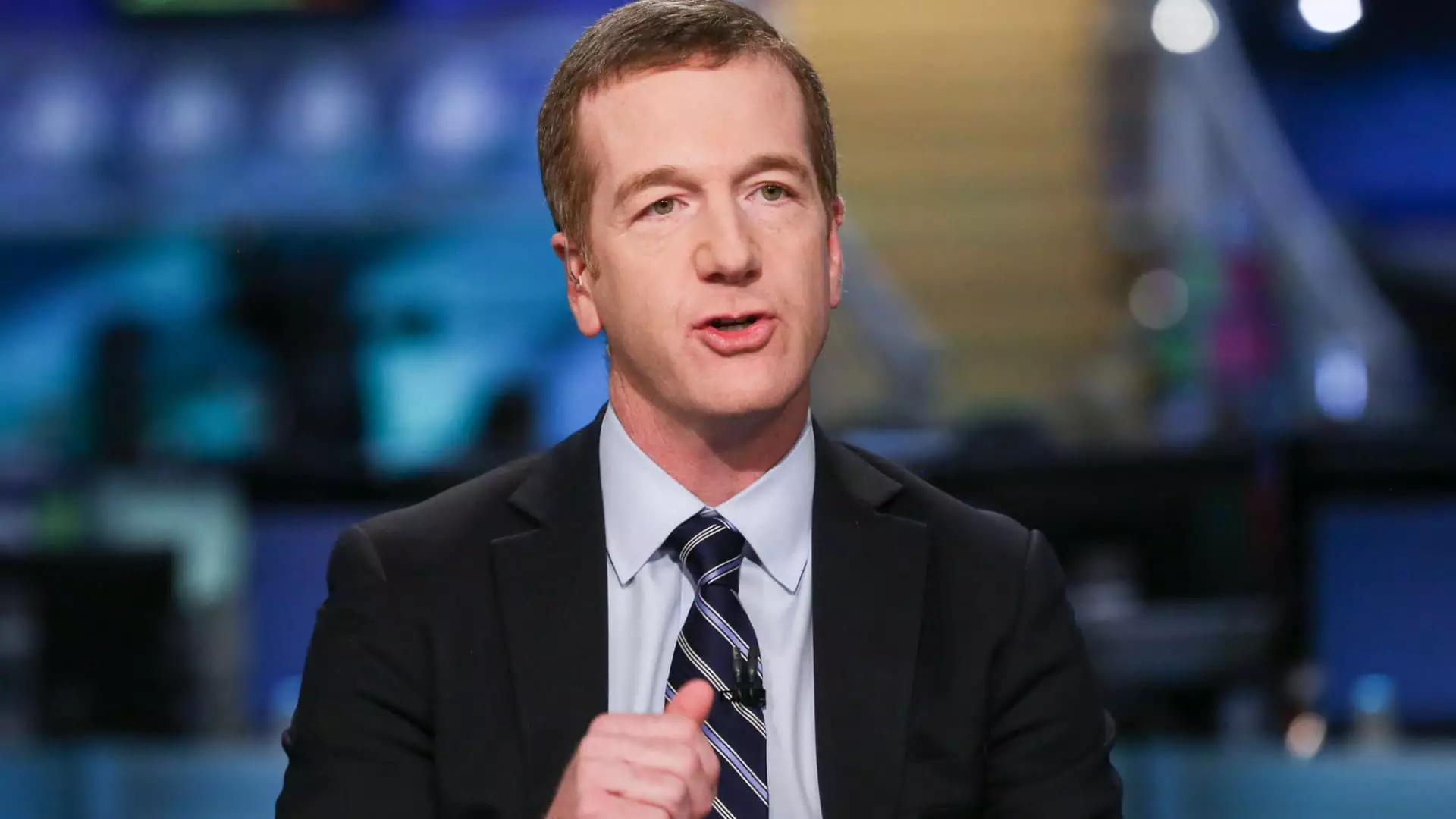Mike Wilson, chief investment officer at Morgan Stanley, recently expressed an optimism about a rebound in U.S. stocks that is worth scrutinizing. He believes we are witnessing a rotation towards a select group of companies—dubbed the “Magnificent Seven”—and anticipates a significant rally, pushing the S&P 500 to new heights. On the surface, such a forecast might feel exhilarating, but a deeper analysis demands a more measured perspective. An initial rally stemming from low-quality stocks raises concerns about the sustainability of these gains. Ultimately, this rally might serve more as a mirage than a genuine breakthrough.
The Narrow Window of Opportunity
Wilson’s assertion that stocks are beginning to stabilize is intriguing but perhaps overly simplistic. While it’s true that the major indexes like the S&P 500 and Dow saw impressive gains early in the week, attributing this solely to the stabilizing earnings revisions of the Mag Seven neglects the multifaceted nature of market dynamics. The short-term boost may reflect fleeting investor sentiment rather than robust economic fundamentals. The suggestion of a near-term target of 5,900 for the S&P 500, paired with a note that volatility is likely to persist throughout the year, indicates that lurking uncertainties underlie the surface buoyancy. Are investors truly prepared for potential declines, considering the stated volatility and economic headwinds?
The Weight of Reality
Wilson attributes recent stock market weakness to fundamentals, suggesting that it has nothing to do with external factors like tariffs—an assertion that may oversimplify a complex narrative. The claim that stricter immigration policies and limited rate cuts from the Federal Reserve contribute to growth negativity can’t be brushed aside. In the realm of finance, it’s critical to remember that overly optimistic projections often disregard economic realities, such as the increased costs to businesses from the ongoing regulatory environment. A bullish stance in the face of potentially harmful policies could lead to market disillusionment when reality sets back in.
A Cautionary Tale of Earnings and Growth
The premise that recent earnings projections have rolled over should particularly alarm investors. Companies operate in a market increasingly impacted by geopolitical tensions, rising interest rates, and unpredictable fiscal policies. Wilson’s point that capital might flow back to the U.S. due to a weaker dollar is all well and good, but can we forget that this same dollar has been a barometer of economic performance? The cautionary tone regarding new lows is warranted, and it becomes essential to take such remarks into account when establishing a legitimate investment strategy.
The Myopic View of Future Gains
Lastly, while Wilson’s target for the S&P 500 at 6,500 implies a nearly 13% gain, one must question from where that growth will originate. Economic growth is rarely linear; instead, it’s a cycle of peaks and troughs. Encouraging investors to look toward 2026 sounds optimistic but could also be misleading. With potential downturns looming closer on the horizon, relying on such projections might lead to significant financial pitfalls.
Sure, a recovery might happen, and the allure of the Magnificent Seven can inspire hope. However, an earnest investor would be prudent to temper that enthusiasm with a realistic view of economic labor pains still in progress.

